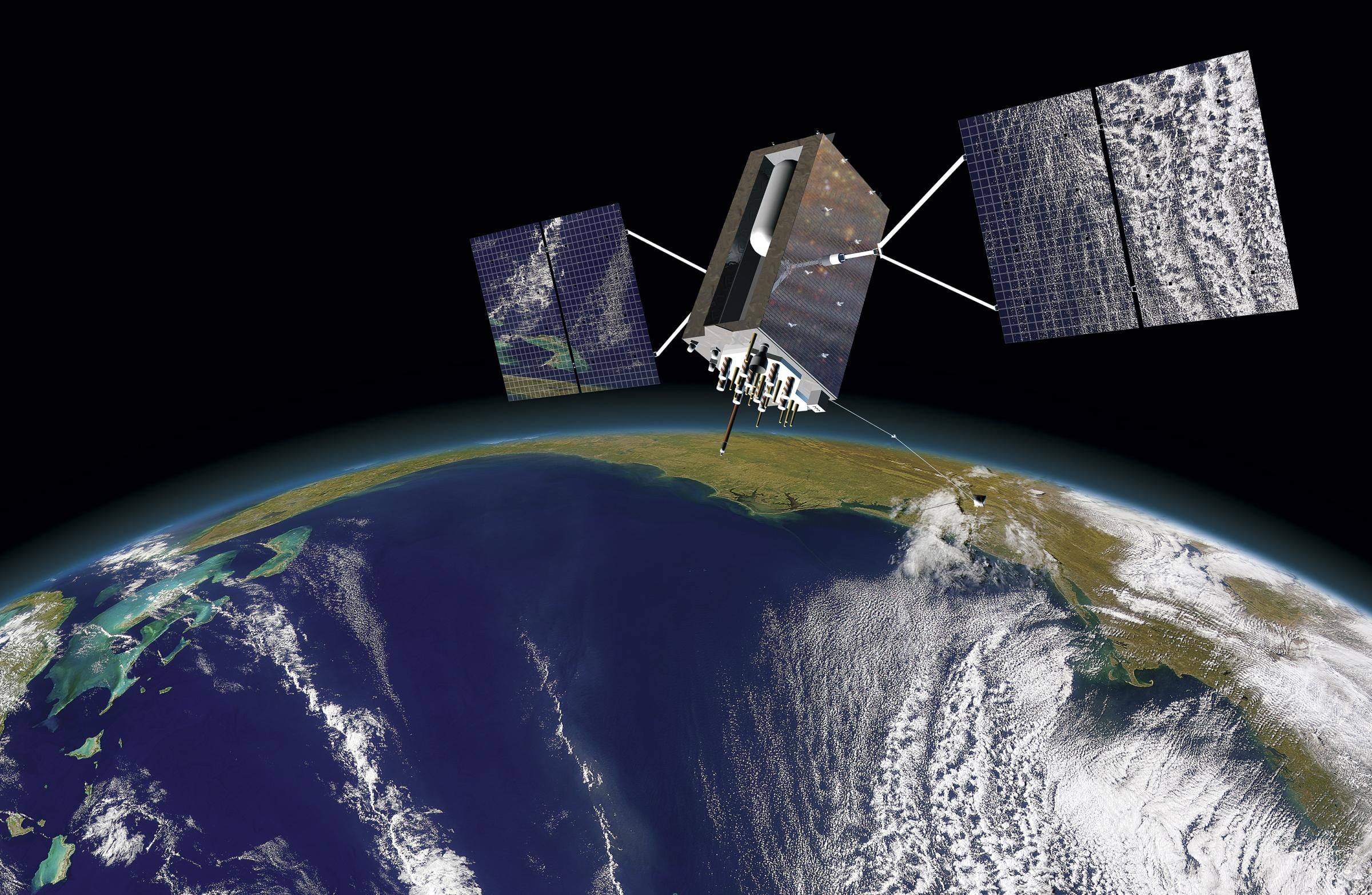Integration of space, air and cyber teams, within the guise of the paradigm shift of multi-domain command and control chief of staff of the Air Force Gen. David Goldfien has pushed, is becoming a reality in the fight against the Islamic State group.
In a "war story," Gen. Goldfein described how an MQ-9 Reaper was flying an armed reconnaissance mission over Iraq in early January when personnel received reports of satellite communications interference hindering the aircraft in carrying out the mission. Previously, Goldfein explained during a Mitchell Institute for Aerospace Studies event Feb. 3, personnel might have tried to troubleshoot and work their way through this issue, but the integration of space teams and prioritized SATCOM link monitoring has dramatically reduced troubleshooting and made the force more agile.
The Air Force began issuing prioritized satellite link monitoring in Air Tasking Orders in September 2016 as part of these operations, and while this practice isn’t new, an Air Force spokesperson told C4ISRNET that prioritized monitoring as an overwatch function for the most important missions and "meshing with operations floor [command and control] functions are the recent pivotal developments," the spokesperson said.
According to a satellite industry source, the prioritized monitoring list is generated by the electromagnetic interference manager resident at Space and Missile Defense Center, United States Army Strategic Command at Peterson Air Force Base in Colorado Springs, Colorado.
Prioritization of SATCOM links involves determining which links are highly important assets during a given mission from the air tasking order. The tasking order, usually issued every 24 hours, is a list of things in order of priority to monitor for a given period of ongoing operations.
The prioritized monitoring list, the industry source continued, is generated based on the priority of each specific user allocated SATCOM bandwidth in accordance with the Chairman of the Joint Chiefs of Staff Instruction 6250.01(Series), with most users assigned to the prioritized monitoring list being priority two or higher. These priority two users are operational users supporting ongoing conflict or other operations worldwide, such as in the Southern Command area of responsibility, the source added.
The ATO is how the combined air operations center communicates priorities and reporting requirements to units deployed where space professionals are operating special monitoring equipment, the Air Force spokesperson said. The operations floor on the CAOC, "is where air, space and cyber professionals quarterback operations in real time," the spokesperson continued, adding that they monitor the "vital connective tissue provided by SATCOM links," which is now a synchronized part of everyday combat operations as opposed to a separate isolated space support function.
Goldfein, continuing in his operational vignette, said a report warning that SATCOM is being interfered with went straight to the floor of the CAOC, in which a space team is fully integrated with those running air operations.
Since the Air Force has begun to prioritize SATCOM link monitoring as a combatant commander priority, Goldfein said, this report can be fed directly to space operators on the floor to solve. In this case, the space team was able to identify the problem in minutes, he added, noting that just six months ago, this task could have taken days or weeks to identify, track and resolve.
The space professionals at the monitoring units are now mission planning in conjunction with the ATO and constructing monitoring plans to better safeguard the most important combat functions, the Air Force spokesperson said. This enables the CAOC operations team to conduct mitigation functions from kinetic response to diplomatic engagement.
The prioritized monitoring list is provided to several organizations across DoD, the government and private industry, the satellite industry source noted.
"Typically, the organizations involved have organic monitoring capabilities and use the PML to drive which SATCOM links they monitor for interference," the source said, adding that the "PML is also provided to the Joint Space Operations Center (JSpOC) at Vandenberg AFB, as the JSpOC is the central location for administrative management of EMI impacting DoD/[government] SATCOM links."
The prioritization of SATCOM links has enabled dramatically quicker responses to issues on the most import SATCOM links, an Air Force spokesperson told C4ISRNET. The spokesperson added that as they practiced the processes, they found they were getting much better at responding to issues with any priority link.
"Given the monitoring units are only currently deployed to the CENTCOM area of responsibility, this is an AFCENT innovation that will be the ‘new normal’ as units are fielded in other theaters," the Air Force spokesperson said.
The Air Force declined to provide further details on the prioritization structure, but conceded that remotely piloted aircraft — the term the Air Force uses to describe its larger drones such as MQ-9s — are high on the list. SATCOM is what allows these systems to be remotely piloted beyond line of sight around the globe.
In the past, Goldfein has described a not-so-distant future in which the barriers siloing portions of the CAOC are broken. Noting that the way the force has operated is too slow for the future of combined arms fights, Goldfein offered the picture of personnel on the floor of the CAOC with iPads, and each cell — such as a space cell or a personnel recovery cell — would be an application on the iPad.
"Now what’s happening between those apps is they’re sharing data on a common mission system and we’re using a combination of artificial intelligence and big data management and we’re able to turn that into decision quality information at the speed that we need to operate in the future of combined arms," he said during a town hall in July.
Mark Pomerleau is a reporter for C4ISRNET, covering information warfare and cyberspace.







